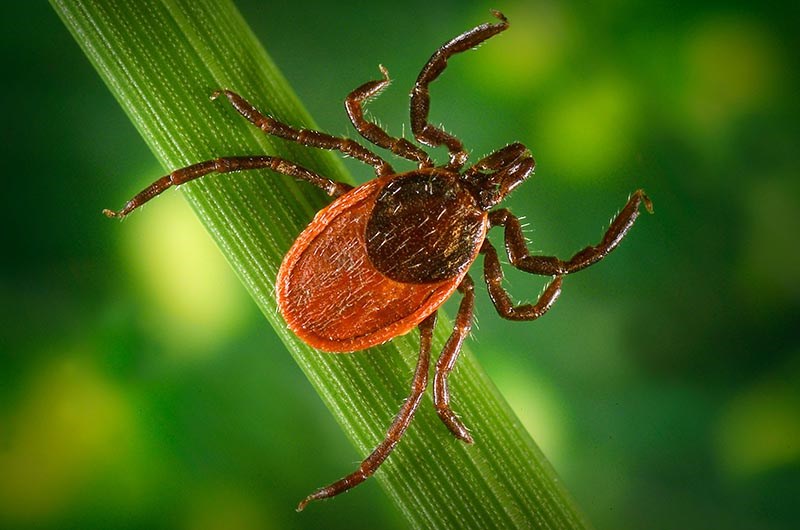Deer ticks have arrived in Sarnia-Lambton, and that has me rattled.
I’m the kind of person who loves nothing better than to wander woods, trails and out-of-the-way places. Ticks, like mosquitoes, are the price of admission.
But the sudden appearance of deer ticks, also known as blacklegged ticks, has me thinking twice about the paths less travelled.
For one thing, deer ticks are smaller and harder to see than the decidedly gross but benign dog ticks I pick off after a good hike in field and forest. But what’s really spooking me is the threat of Lyme disease.
Lyme disease is an infection spread by ticks carrying the bacterium Borrelia burgdorferi.
As Maclean’s magazine graphically reported in May, the corkscrew-shaped microbe, called a spirochete, can drill through tissue and embed itself in your central nervous system, organs, brain and joints. Undetected, it can produce a range of symptoms from dizziness and numbness to paralysis and death.
The U.S. Centers for Disease Control and Prevention now says Lyme is a “tremendous public health problem,” one far more prevalent than thought with 300,000 Americans diagnosed each year, 10 times higher than reported.
Lyme can mimic incurable conditions like multiple sclerosis, Parkinson’s and dementia, leading to false diagnosis. And testing in Canada has been difficult and unreliable.
Up till now confirmed local cases of Lyme have been relatively rare, with some traceable to travel to areas where tick-borne infections are endemic. Even so, I’m aware of several people who have been stricken, including one man who hasn’t walked in more than a year.
Which is why the sudden surge in deer ticks reported by Lambton Public Health is unsettling, because it may presage a new and little-known health risk.
Officials are quick to point out that not all deer ticks carry the bacteria. And even if a tick is infected the risk of contracting Lyme is low if the head is pulled straight out with tweezers within 24 hours.
I have never worried before now about anything that can be encountered in the woods of southern Ontario, which is one reason canoeing and camping and hiking is therapeutic.
I take precautions against tick bites. I tuck in pant legs, wear strong insect repellent and check myself over after an outing.
But there’s something creepy about a sesame seed-sized bug packing a crippling disease.
Deer ticks were virtually known in Ontario just 20 years ago but have been spreading north and west from the U.S. Eastern seaboard.
Now they’re here, and in sufficient numbers to give anyone pause before they head off into ticky places like tall grass, shrubs and woods.
- George Mathewson
